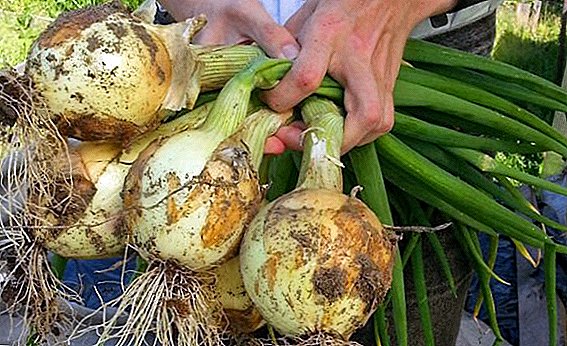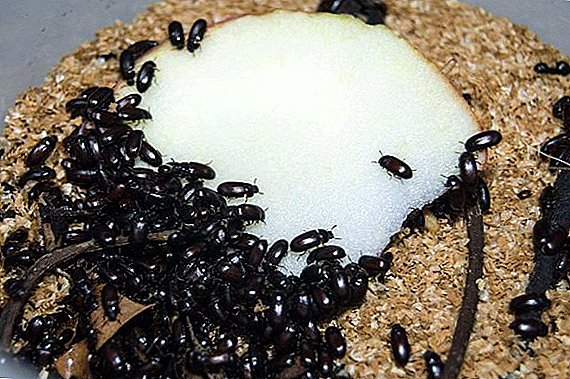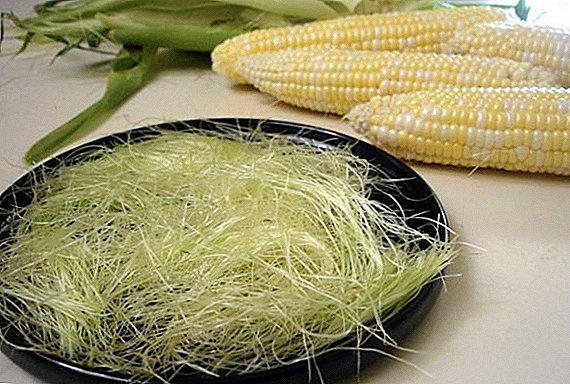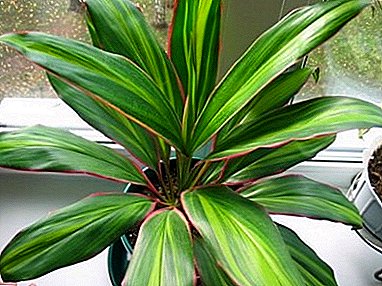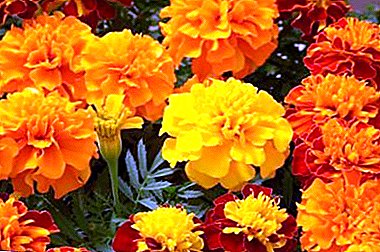
Flowering plants often fascinates with their beautiful views. Virtually every housewife tries to decorate her house and the dacha in various colors.
Great for this marigolds fit. These are very beautiful and unpretentious plants that can start to delight with their buds in 1.5 - 2.5 months after planting. On the methods of their reproduction and care for them, you will learn in our article. We also recommend to watch a useful video on this topic.
What are these flowers?
Marigolds (tagetes, saffron, velvet) are all names of one very common flower (in detail about whether saffron and marigold are different flowers or not, read in our material). This type of flower culture belongs to the family of aster plants. It is found in almost all cities and countries.
Learn more about the medicinal properties of marigolds, you can here, and how to use this flower in folk medicine and cooking, read here.
South America is considered to be the birthplace of marigolds, but they have firmly settled down in Russia and Ukraine since the end of the 16th century, due to the simplicity of care and the ability to withstand most parasites. You can count more than 50 varieties of taggetes around the world, and there are at least 200 varieties cultivated from these flowers (you can learn more about other types of marigolds, the rules for caring for them in the open field, and also see the description and photo of flowers here).
The most popular are considered.
African erect

Annual herbaceous flowers. Height from 20 to 80 cm. Inflorescences are yellow and orange in color.. The leaves are pinnatisect, absolutely all shades of green. Flowers to the touch very much resemble velvet. This species does not tolerate high humidity.
French small-color (rejected)

Annual herbaceous flowers. Height from 30 to 50 cm. The most common form, can withstand almost any weather up to zero temperature.
Fine-leaved Mexican (narrow-leaved)

Annual herbaceous flowers. Height from 20 to 40 cm. The leaves are narrow and small light green color. Inflorescences are painted in golden shades with the presence of yellow, orange and red reflux.. The bush is covered with many flowers.
Features of growing and care
- The main feature of these colors is that they love the sun very much. In bright light, marigolds will bloom more and much longer.
- The second important characteristic is drought resistance. If you miss watering for some reason, the plants will not die from this. But with systematic insufficient watering, the appearance of this flower will lose its former beauty or may even fade.
- The third feature is the specific aroma of the flower, which is able to protect it from the attack of various pests.
Important: The protection that the marigolds secrete by means of a peculiar aroma extends to the plants planted nearby.
Even if you are a beginner gardener and do not know how to grow these flowers, then it will not be difficult to care for them. It is necessary to review in more detail the conditions for the rapid and comfortable growth of marigolds:
- Be sure to pick a place as open as possible to the sun, or slightly in the shade. It depends on how fast the beginning of flowering and its duration will be.
- The soil should be loose. Tagetes root system loves oxygen.
- The distance between the saplings is preferably not less than 15 cm for undersized and at least 30 for tall flowers. This is done so that in adulthood, the flowers do not interfere with each other.
Breeding
Reproduction marigold occurs by planting seeds. For the first planting, they must be purchased at a special store, and for subsequent years, collect seeds from dried plants on their own. The shelf life of dry seeds is 3 years. Seeds used for planting, and germinated and dry.
Sow the seeds of this culture can be started from the end of March. The sooner, the faster they will begin flowering.
 At the bottom of the container for planting lay out the drainage of expanded clay, sand or gravel no more than 3 cm high.
At the bottom of the container for planting lay out the drainage of expanded clay, sand or gravel no more than 3 cm high.- Mix:
- 1 cup of humus;
- 1 cup of peat;
- 1 cup of turf;
- 0.5 cups of sand.
If you do not have the desire to make the soil yourself, then you can buy it in a special store. The resulting mixture is placed in a container.
- Perform decontamination using fungicide solution or potassium permanganate.
- Seeds are placed in specially prepared furrows, at a distance of 2 cm from each other. Sprinkle on top of a small layer of earth.
- Place the container with seedlings in a place where the temperature is + 22 ... +25 degrees. Before germination sprouts. Further, the capacity to transport the temperature regime closer to light to be maintained within + 1 ... +18 degrees (for details on how and when to plant the seedlings of marigolds, you can find out here).
Watch the video about planting marigold seeds:
What else do you need to know about reproduction?
Hybrids derived from varieties of this flower can be propagated by grafting, they give excellent roots in water. It is better to plant in open ground tagetes when the night air temperature is more than 5 degrees Celsius and without the likelihood of frost returning.
If desired, or if there is no hacienda, marigolds can be grown at home as indoor flowers.. Thereby, with taste to decorate a window sill or a balcony frame. The only thing that is desirable when breeding a house is to plant in the autumn, then in spring you can expect inflorescences. The main requirements for home reproduction practically do not change:
- Place for breeding should be well lit and ventilated.
- Watering is carried out as needed, in the summer heat is desirable daily in the evening. In the winter and autumn periods, once a week is enough.
- Once a week, loosen the soil in a pot, thus, oxygen will be supplied to the roots, which will have a positive effect on flowers.
- It is necessary to feed a plant at three stages of its life: when sprouts become 10 cm., During the appearance of the first buds and just before flowering. Then repeat the procedure once a month.
- Ensure that the soil in the pot is not too wet, or vice versa dry.
Diseases and pests
 Marigolds are very resistant to the attack of any insects and pests, thanks to their specific smell. But even they can die if a spider mite attacks them during a drought. You can get rid of it with a solution of colloidal sulfur.
Marigolds are very resistant to the attack of any insects and pests, thanks to their specific smell. But even they can die if a spider mite attacks them during a drought. You can get rid of it with a solution of colloidal sulfur.- Abundant wet stagnation, the appearance of slugs and rot can also harm the flower. In this case, it is worth drying and warming the flower, and also use bleach. It is worth mentioning that it is not necessary to water this solution. Just small containers, with the content of the poison put between the stems of the plant.
Board: Putting frozen saffron in a compost pit, you can get rid of unnecessary parasites and midges.
- It happens that Tagetes grow, but do not bloom. The reason most likely is shaded and lack of light, in which case the plant should be transplanted to a sunny place.
For details on how to protect marigolds from spider mites and other pests and diseases, read this article.
Conclusion
In conclusion, you can repeat what This flower is surprisingly easy to maintain.. Unusual beauty will delight the hostess until the very first frost. Therefore, marigolds are found in almost every settlement, in city beds, decorating parks, squares and streets.


 At the bottom of the container for planting lay out the drainage of expanded clay, sand or gravel no more than 3 cm high.
At the bottom of the container for planting lay out the drainage of expanded clay, sand or gravel no more than 3 cm high. Marigolds are very resistant to the attack of any insects and pests, thanks to their specific smell. But even they can die if a spider mite attacks them during a drought. You can get rid of it with a solution of colloidal sulfur.
Marigolds are very resistant to the attack of any insects and pests, thanks to their specific smell. But even they can die if a spider mite attacks them during a drought. You can get rid of it with a solution of colloidal sulfur.
